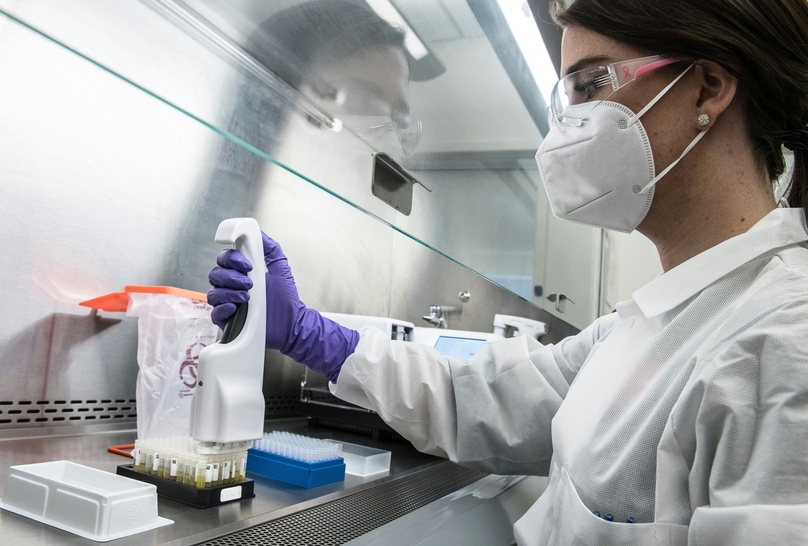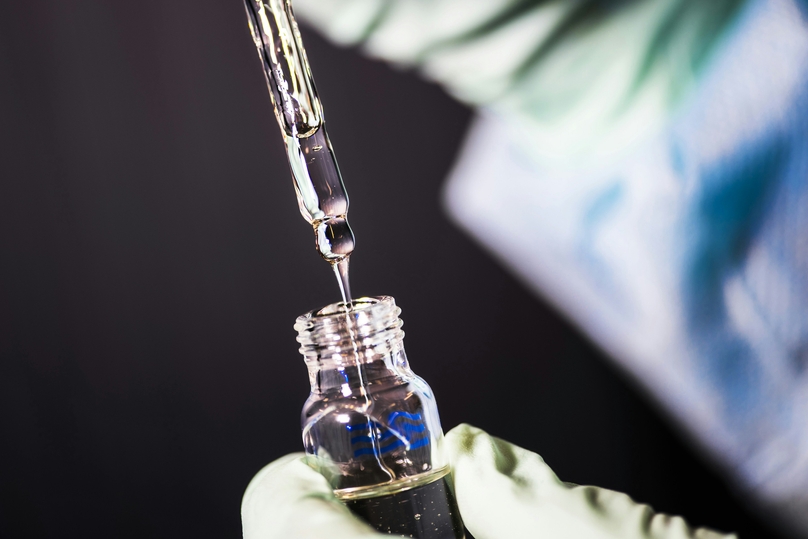In the complex and fast-paced environment of modern laboratories, managing inventory effectively is a challenge that demands innovative solutions. Lab inventory management is pivotal to ensuring operational efficiency, reducing waste, and maintaining compliance with regulatory standards. This article explores the transformative potential of automation, customization, and efficiency in managing laboratory inventories, providing insights into how laboratories can optimize their operations and focus on their primary objective: advancing scientific research.
The Critical Role of Lab Inventory Management
Effective lab inventory management involves more than just keeping track of items. It is about understanding the usage patterns, predicting future needs, and ensuring that the right materials are available at the right time without overstocking. This careful balancing act prevents workflow interruptions, minimizes waste due to expired materials, and supports budget management by avoiding unnecessary purchases.
The complexity of inventory management in laboratories stems from the diversity of items that need tracking—from chemicals and reagents to consumable items and high-value equipment. Each of these categories has specific storage requirements, shelf lives, and compliance considerations, making the task even more challenging. Addressing these challenges requires a systematic approach that leverages technology to streamline processes.
Leveraging Automation for Efficiency
Automation stands at the forefront of revolutionizing lab inventory management. Implementing an automated inventory system eliminates manual tracking errors, reduces time spent on inventory-related tasks, and provides real-time visibility into inventory levels. Such systems can alert staff to low stock levels, expiring materials, and even automate reordering processes, ensuring that labs operate smoothly without interruptions.
Integrating barcode scanning and RFID (Radio-Frequency Identification) technologies further enhances the accuracy and speed of inventory tracking. With a simple scan, users can update inventory records, check material locations, and access safety information, significantly improving lab safety and compliance. This level of automation not only increases efficiency but also allows scientists to devote more time to research activities.
Customization: Tailoring Solutions to Fit Unique Needs
No two laboratories are exactly alike; each has its unique processes, requirements, and challenges. Customization is key to implementing a lab inventory management system that aligns with specific operational needs. A customizable system can adapt to various workflows, accommodate special storage conditions for sensitive materials, and integrate with existing laboratory information management systems (LIMS) and electronic lab notebooks (ELNs).
The ability to configure notifications, reports, and alerts according to the unique needs of a lab enhances decision-making and operational efficiency. Customization ensures that the system grows and evolves with the laboratory, supporting new research areas, accommodating expanding collections, and adapting to changing regulatory landscapes. This flexibility is indispensable for laboratories aiming to stay at the cutting edge of scientific research.
Streamlining Operations for Enhanced Productivity
Streamlined lab inventory management processes result in significant time and cost savings. By automating routine tasks, laboratories can reduce the likelihood of human error, ensure a consistent supply of necessary materials, and better manage their budgets. A streamlined approach also supports regulatory compliance by maintaining detailed records of inventory movements, usage, and disposal, essential for audits and inspections.
Efficiency in inventory management translates into more reliable research outcomes. When scientists have immediate access to the materials they need, without dealing with shortages or delays, they can conduct experiments more efficiently and produce results faster. This heightened productivity accelerates the pace of scientific discovery and innovation.
The Impact of Efficient Inventory Management on Compliance and Sustainability
Compliance with regulatory standards is a critical concern for laboratories. An efficient lab inventory management system supports compliance by ensuring that all materials are stored correctly, safety data sheets are accessible, and expired or unused chemicals are disposed of properly. Automation enhances traceability, providing auditors with clear records of inventory transactions, which is crucial for meeting industry standards and regulations.
Sustainability is another area where efficient inventory management can make a significant difference. By optimizing the use of materials and reducing waste, laboratories can minimize their environmental impact. Automated systems can help labs identify opportunities to recycle or repurpose materials, contributing to sustainability goals while still maintaining operational efficiency.
Adopting Cloud-Based Platforms for Global Accessibility
The adoption of cloud-based platforms for lab inventory management marks a significant shift towards global accessibility and data sharing. These platforms allow researchers from different parts of the world to access inventory data in real-time, collaborate on research projects more efficiently, and make informed decisions based on the availability of materials. The cloud ensures that inventory data is always up-to-date and accessible, eliminating the silos of information that can hinder collaborative research efforts.
Cloud-based solutions also offer the advantage of scalability, allowing labs to adjust their storage needs as their inventory grows or contracts. This flexibility is essential for startups and rapidly expanding research facilities that may not have the resources for large, upfront investments in IT infrastructure. Moreover, cloud platforms often come with advanced security measures, ensuring that sensitive data is protected against unauthorized access and cyber threats.
Enhancing User Experience with Mobile Integration
Integrating mobile technology into lab inventory management systems significantly enhances the user experience, making it easier and more convenient for staff to access and update inventory information on the go. Mobile apps allow researchers to scan barcodes, check stock levels, and even place orders directly from their smartphones or tablets, streamlining the inventory management process. This mobility is particularly beneficial in large labs or campuses where researchers may need to access inventory data from multiple locations.
Furthermore, mobile integration supports a more responsive inventory management approach. Researchers can receive notifications about low stock levels or expiring materials directly on their mobile devices, enabling quick actions to prevent potential disruptions in their work. This immediacy not only improves efficiency but also contributes to a more dynamic and agile research environment, where decisions can be made swiftly and accurately, regardless of the researcher's location.
Taking Advantage of Opportunities for Improvement
The challenges of lab inventory management in contemporary research environments are substantial, but so are the opportunities for improvement. By embracing automation, customization, and efficiency, laboratories can transform their inventory management practices, resulting in significant operational benefits. These advancements not only streamline workflows and reduce costs but also enhance compliance and support sustainability efforts.
As the scientific community continues to advance, the need for innovative solutions to inventory management will only grow. Laboratories that invest in these technologies and approaches will position themselves at the forefront of research, equipped to face the challenges of the future with confidence. In the end, the goal is to enable scientists to focus on what they do best: pushing the boundaries of knowledge and innovation.


















